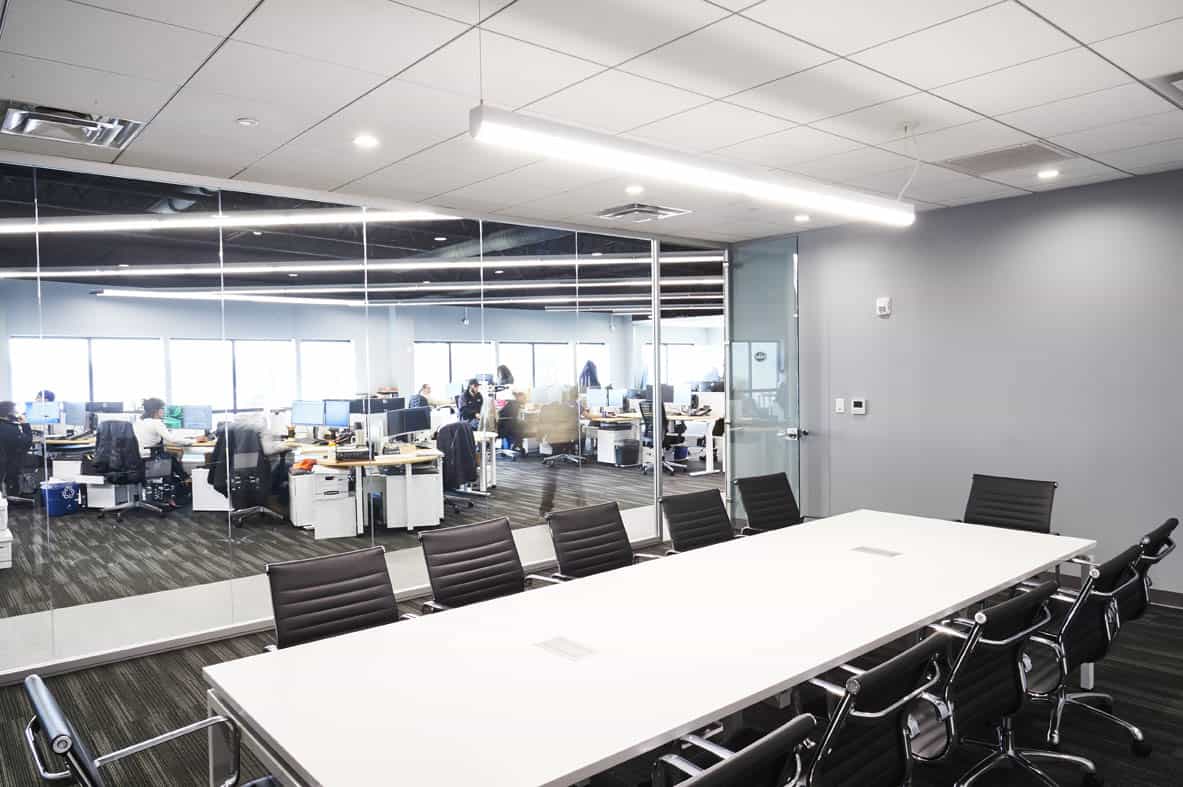
15 Oct The WELL Standard to Make Your Office Healthier For Employees
We spend 90% of our time indoors so we need to make sure that we are using that time to stay healthy at home and at work.
WELL takes a holistic approach to health in the built environment; addressing behavior, operations, policies, procedures, and design. Much like LEED was created to measure and verify how healthy a building is for the planet; WELL was created to measure and verify how healthy a building is for the people
The WELL Building Standard® is a performance-based system for measuring, certifying, and monitoring features of the built environment that impact human health and wellbeing, through the air, water, nourishment, light, fitness, comfort, and mind.
WELL is grounded in a body of medical research that explores the connection between the buildings where we spend more than 90 percent of our time, and the health and wellness of its occupants. WELL Certified™ spaces and WELL Compliant™ developments can help create environments that improve nutrition, fitness, mood and sleep patterns.
WELL is intended to make designing for human health easy by pulling the latest research together into a clear set of objectives and guidance in areas such as lighting, olfactory experiences, acoustics, and sources of indoor air pollution.
Launched in October 2014, the WELL Building Standard looks to address the health woes of the modern office. The International Well Building Institute (IWBI), founded by former Wall Street veteran, Paul Scalia, administers the WELL Building Standard.
What Does WELL entail?
WELL focuses on seven concepts: Air, Water, Nourishment, Light, Fitness, Comfort, and Mind; while using behavior, operations and design to drive the measurement and verification for these concepts. WELL is like a nutrition label for your building, providing transparency on the quality of our built environment.
Requirements include and relate to, the type of lighting used within the space, air filtration, activity incentive programs, acoustic controls, and integrative design and biophilia.
3 different typologies are available under the certification: New and Existing Buildings, New and Existing Interiors and Core and Shell
The list of more than 100 conditions and optimizations across the seven categories include: air filtration and filtration maintenance; asbestos abatement; limits on the amount of certain inorganic contaminants present in drinking water; a ban on the on-site sale or distribution of foods containing partially hydrogenated oil; a balance of ambient illumination and task lighting, when necessary, at workstations; workplace incentives that promote physical activity; adjustable workstation desk and seat heights; and the availability of health and wellness literature throughout the building.
What WELL Can Mean for Productivity
WELL can help companies who are looking for better ideas, fewer sick days, reduced presenteeism, higher return on investment, employee longevity, increased learning potential and more. WELL provides a true benefits differentiator for those who achieve certification.
The vast majority of WELL projects are being driven by landlords and developers as they seek to offer commercial buildings that will attract companies in pursuit of a healthy workplace. Individual organizations are also turning to WELL in an effort to cultivate healthy interior workplaces and adapt to a changing work culture.
Find out how to get your WELL building project started here: https://www.wellcertified.com/en/become-a-well-ap
Sources:
https://www.usgbc.org/articles/what-well
https://www.chargespot.com/workplaces/well-building-standard/
https://www.apnews.com/dad4e32d000344e28e5ffade35d6f33b
https://www.buildinggreen.com/op-ed/well-building-standard-not-be-used-alone



















